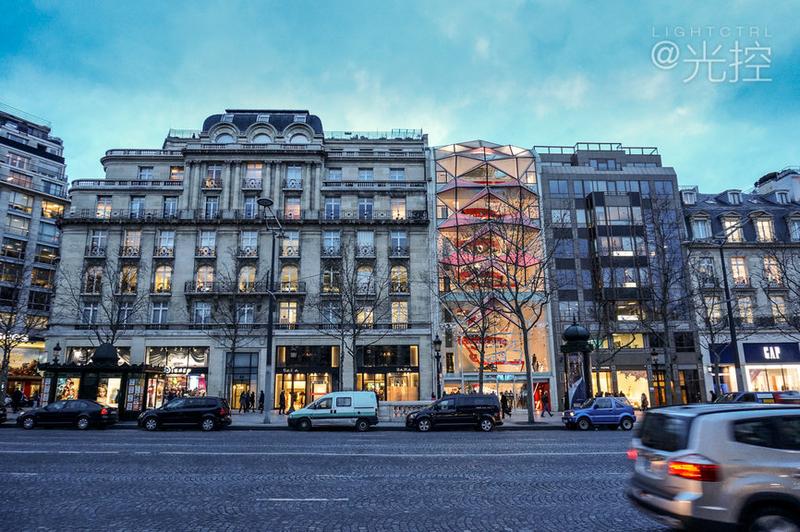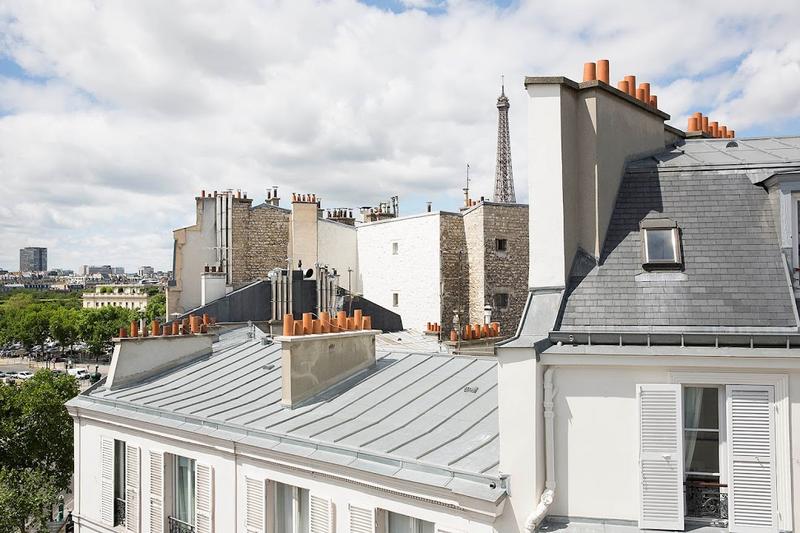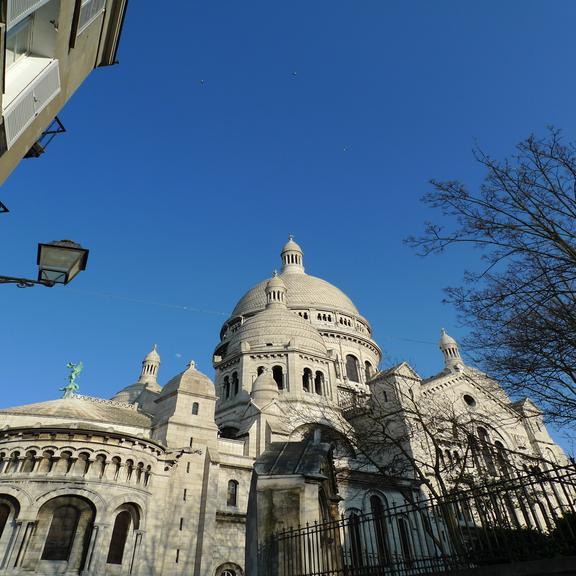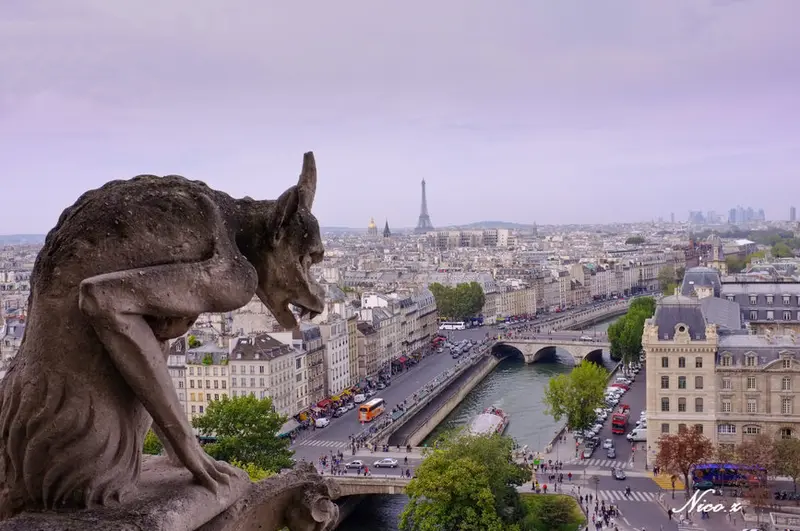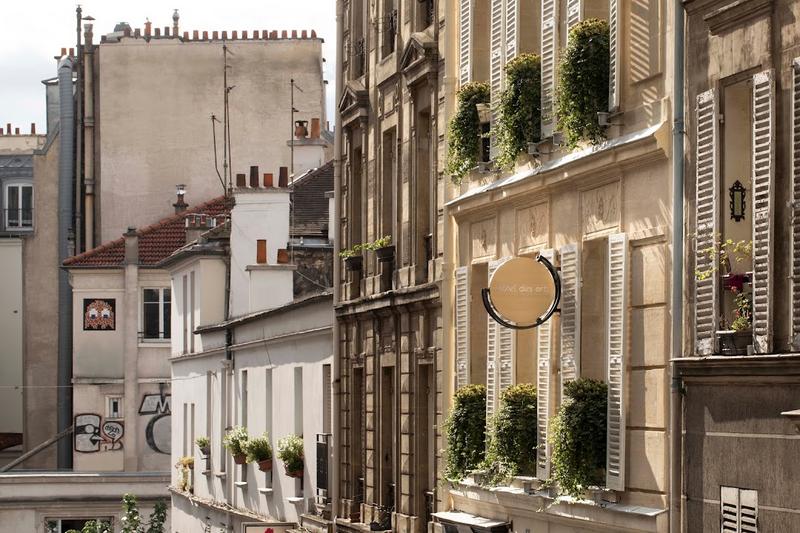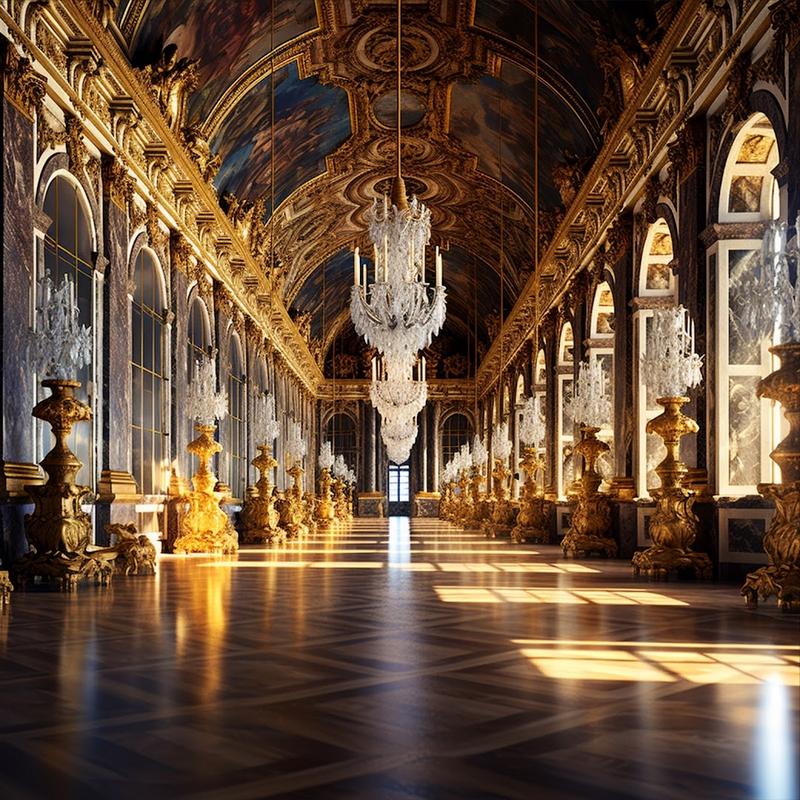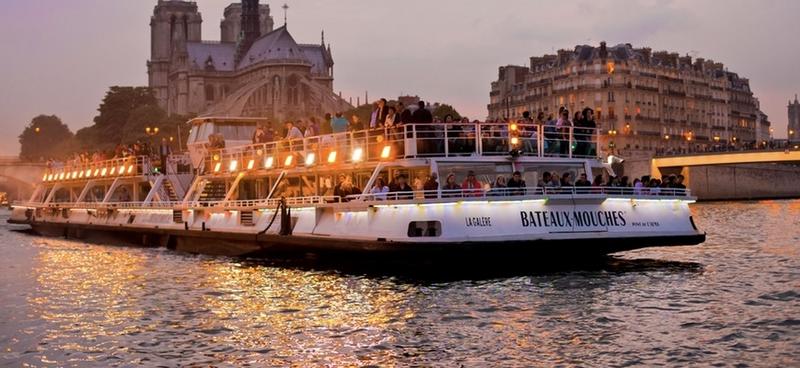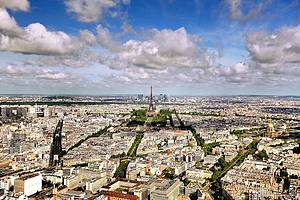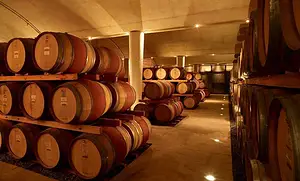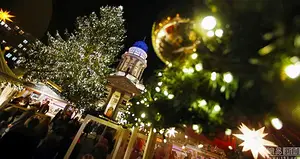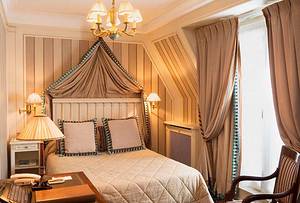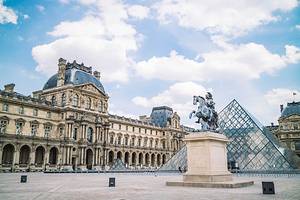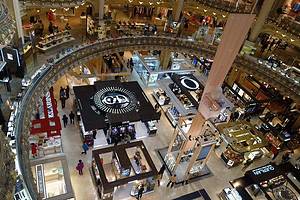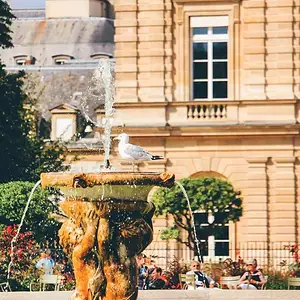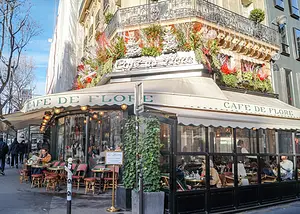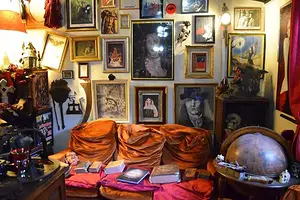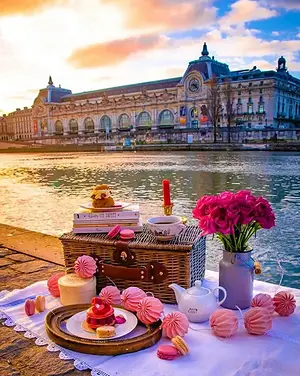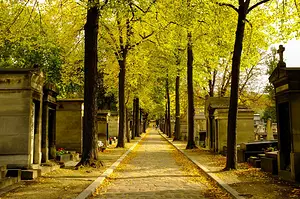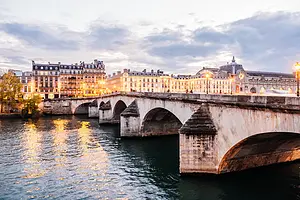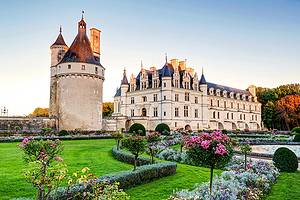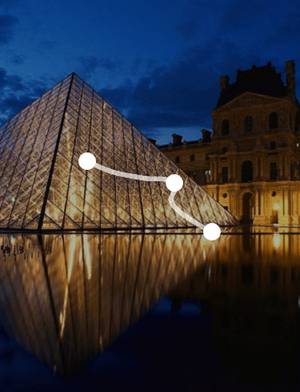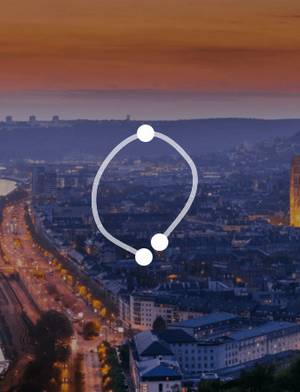3-Day Paris Escape: Eiffel Tower
2 cities |
10 attraction(s) |
total distance 52
km
 TIPS
TIPS
Day1
Day2
Day3
Day1: Paris
4 attraction(s) ·
8 km
1
In 1889, the Eiffel Tower was built to commemorate the 100th anniversary of the French Revolution and to welcome the World Expo. This 324-meter-tall giant steel structure was initially controversial as it clashed with the architecture of Paris, and some even called for its demolition. However, today the Eiffel Tower has become a symbol of France and Paris.
Visitors can take the elevator or climb the stairs to reach the top of the tower and enjoy the breathtaking view of the city. On New Year's Eve, the tower sparkles for ten minutes at the top of each hour, and on specific holidays, it displays different colors, such as red for the Chinese New Year and blue for EU Day. During National Day, the Champ de Mars below the tower is an ideal venue for music festivals and New Year celebrations.
There are also two restaurants on the tower: Tour Eiffel 58 and the Michelin-starred restaurant Jules Verne. Tour Eiffel 58 offers lunch and dinner, starting at €19 for lunch and €80 for dinner, but with a higher cover charge. Jules Verne used to be a three-star Michelin restaurant but now has only one star. Lunch starts at €90, and dinner costs around €300 per person. Despite the expensive prices, they are still highly sought after due to their unique location. Therefore, it is advisable to book at least two months in advance during the peak season. If your budget allows, it is recommended to try other three-star Michelin restaurants for a better gastronomic experience.
4
km
2
The Louvre Museum is the former residence of French kings, built in the late 12th century. After several expansions and renovations during different periods of reign, it has become one of the largest museums in the world. The Louvre is divided into eight sections, including Oriental Antiquities, Egypt, Greece, Etruria and Ancient Rome, Paintings, Sculptures, Art Objects, Islamic Art, and Medieval to 1848 Paintings.
Originally a medieval fortress defending Paris, the Louvre has played various roles throughout history. With a love for art, French kings sponsored artists and collected a large number of renowned Italian paintings. During the French Revolution, it was opened as a museum and continued to expand and collect more artistic treasures in subsequent historical periods. The Louvre houses around 400,000 artifacts, with approximately 40,000 on regular display. Visitors should prepare in advance and, based on personal interests, it is recommended to visit the Italian and French painting galleries, Ancient Egypt Civilization gallery, Ancient Greek and Roman art gallery, and Napoleon III's apartments. As one of the world's top three museums, the Louvre attracts numerous visitors and has become one of the most popular tourist destinations in the world.
3
km
3
The famous Champs-Élysées is located in the 8th arrondissement of Paris and is known as the most beautiful street in the city. Its name is inspired by the Elysium in Greek mythology, the dwelling place of saints and heroes, symbolizing romance and freedom.
The Champs-Élysées is the central axis of Paris, with the Arc de Triomphe at its western end and the Concorde Square at its eastern end. It is also connected to the Louvre through the Arc de Triomphe du Carrousel. The street is decorated with special lights during major holidays, and important events like the Bastille Day parade and the final stage of the Tour de France are held here.
Nowadays, the Champs-Élysées is often crowded, but there are only a few luxury brands such as Cartier and Mont Blanc on the avenue. The true luxury shopping district is formed by the adjacent Avenue Montaigne, Avenue George V, and Rue François I, known as the Golden Triangle, attracting numerous shoppers. However, during Christmas and New Year, the street becomes particularly lively with the dreamy lights on the trees and the Christmas market, creating a joyful atmosphere for visitors. The street is also vibrant in July, with tropical carnival before the Bastille Day and the final stage of the Tour de France after the national holiday. Sometimes, the French even turn the entire Champs-Élysées into vegetable gardens to educate the public about the sources of food on their tables.
2
km
4
Informal rooms with complimentary WiFi in a classic hotel featuring an informal lounge/bar.
Day2: Paris
4 attraction(s) ·
8 km
1
Montmartre is a small village located on a hill about 130 meters high outside the northern city of Paris. It is the geographical high point of Paris and was once a gathering place for impoverished artists. It quickly became the center of drinking and entertainment in Paris due to its location outside the city and its production of wine, giving rise to landmarks such as the Moulin Rouge and the Black Cat. Montmartre attracted many impoverished artists such as Van Gogh, Picasso, Matisse, and Renoir. Today, Montmartre has developed into an upscale residential area with numerous hotels and restaurants. It is also a popular tourist destination due to its portrayal in films like "Amélie". There are various tourist attractions, such as the Basilica of the Sacred Heart and the Place du Tertre. The steps in front of the Basilica offer the best vantage point to admire the entire city of Paris, and there are also cafes and restaurants here. The Place du Tertre is crowded with painters, and you can have your portrait painted by your favorite artist. Couples can also seek out the "I Love You" wall that features the phrase in various languages. Other notable attractions include the Pancake Windmill, the Place du Pigalle, the Cunning Rabbit Bar, the Montmartre Museum, the Montmartre Cemetery, and the Passe-Muraille. In addition, Montmartre exudes a strong artistic atmosphere, with street performers and painters visible everywhere. You can experience the nightlife by visiting the Moulin Rouge and other bars. Whether during the day or at night, Montmartre is worth a visit and is a charming scenic area.
1
km
2
The Sacré-Cœur Basilica, located on the Montmartre hill in Paris, is one of the most iconic Catholic churches in France. It was completed in 1914 but did not officially open until 1919 due to the outbreak of World War I.
The architectural style of the Sacré-Cœur is a blend of Roman and Byzantine influences, with many nationalistic elements. The church features three archways and statues of Saint Joan of Arc and King Louis IX on horseback. The 19-ton Savoyarde bell, cast in 1885, is one of the largest bells in the world. The construction of the Sacré-Cœur was funded entirely by private donations, amounting to approximately 7 million francs, which were exhausted before ground construction even began. A temporary altar was established on March 3, 1876, and it quickly became the main source of funds through pilgrim donations.
The Sacré-Cœur was built using limestone extracted by Châtillon quarries, which continuously releases calcite and ensures that the basilica maintains its white appearance despite weathering and pollution. The church's dome houses one of the largest mosaics in the world, known as the Christ in Majesty. Surrounding the Sacré-Cœur is a garden where people can reflect and meditate, featuring ornamental fountains.
The platform in front of the church provides a partial view of the city center of Paris, and visitors can also climb 300 steps to the top of the bell tower for an unobstructed panoramic view of the city.
4
km
3
Notre-Dame Cathedral is located on the Île de la Cité in the center of Paris, France. It is a Gothic-style church and the cathedral of the Catholic Archdiocese of Paris. Built between 1163 and 1250, the cathedral has a history of 850 years, witnessing the changes in Paris's history, as well as Napoleon's coronation and the wedding of Napoleon III. The famous novel "The Hunchback of Notre-Dame" by Victor Hugo has also made the cathedral a popular tourist destination. Many people climb to the bell tower to search for the Hunchback, but long queues are common during peak season. In addition, on the first Friday of each month at 3 pm, you can see the exhibition of three relics. Visiting Notre-Dame Cathedral is free, but please respect local religious customs and dress codes, and maintain silence. If you want to visit the bell tower, you can buy tickets on the left side of the church, but be prepared for wait times of over two hours during peak season.
4
km
4
Relaxed rooms, some with city views, in a classic hotel featuring complimentary Wi-Fi.
Day3: Versailles > Paris
2 attraction(s) ·
15 km
1
Immense, 18th-century palace with gilded apartments, chandeliered Hall of Mirrors & fountain show.
15
km


